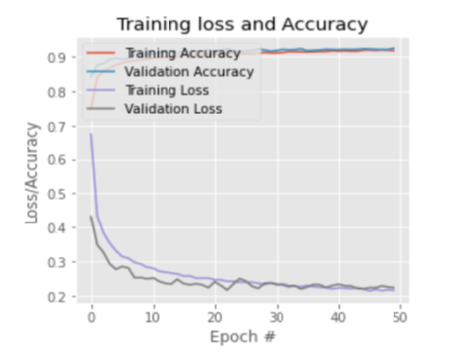


Indian Journal of Science and Technology
Year: 2022, Volume: 15, Issue: 23, Pages: 1124-1132
Original Article
Desalegn Ashebir1, Prabhakar Gantela2*
1Department of Software Engineering, Mizan Tepi University, Ethiopia
2Department of Computer Science and Engineering, Mizan Tepi University, Ethiopia
*Corresponding Author
Email: [email protected]
Received Date:20 March 2022, Accepted Date:09 May 2022, Published Date:24 June 2022
Objectives: This study aims to advance Sheko language name entity Recognition first of its kind. Named Entity Recognition (NER) is one of the most important text processing in machine translation, text summarization, and information retrieval. Sheko language named entity recognition concerns in addressing the usage of the bidirectional Long Short-Term Memory (LSTM) model in recognizing tokens into predefined classes. Methods: A bidirectional long shortterm memory is used to model the NER for sheko language to identify words into seven predefined classes: Person, Organization, Geography, Natural Phenomenon, Geopolitical Entity, time, and other classes. As feature selection plays a vital role in long short-term memory framework, the experiment is conducted to discover the most suitable features for Sheko NER tagging task by using 63,813 words to train and test our model. Out of which is 70% for training and 30% for testing. Datasets were collected from Sheko Mizan Aman Radio Station (MARS), Sheko southern region mass media, Language, and Literature Department. Findings: Through several conducted experiments, Sheko NER has successfully achieved a performance of 97% test accuracy. From the experimental result, it is possible to determine that tag context is a significant feature in named entity recognition and classification for Sheko language. Finally, we have contributed a new architecture for Sheko NER which uses automatically features for Sheko named entity recognition which is not dependent on other NLP tasks, and added some preprocessing steps. We provide a comprehensive Comparison with other traditional NER algorithms.
Keywords: Named Entity Recognition; Sheko language; Recurrent Neural Network; Bidirectional layer; embedding layer
© 2022 Ashebir & Gantela. This is an open-access article distributed under the terms of the Creative Commons Attribution License, which permits unrestricted use, distribution, and reproduction in any medium, provided the original author and source are credited.
Published By Indian Society for Education and Environment (iSee)
Subscribe now for latest articles and news.